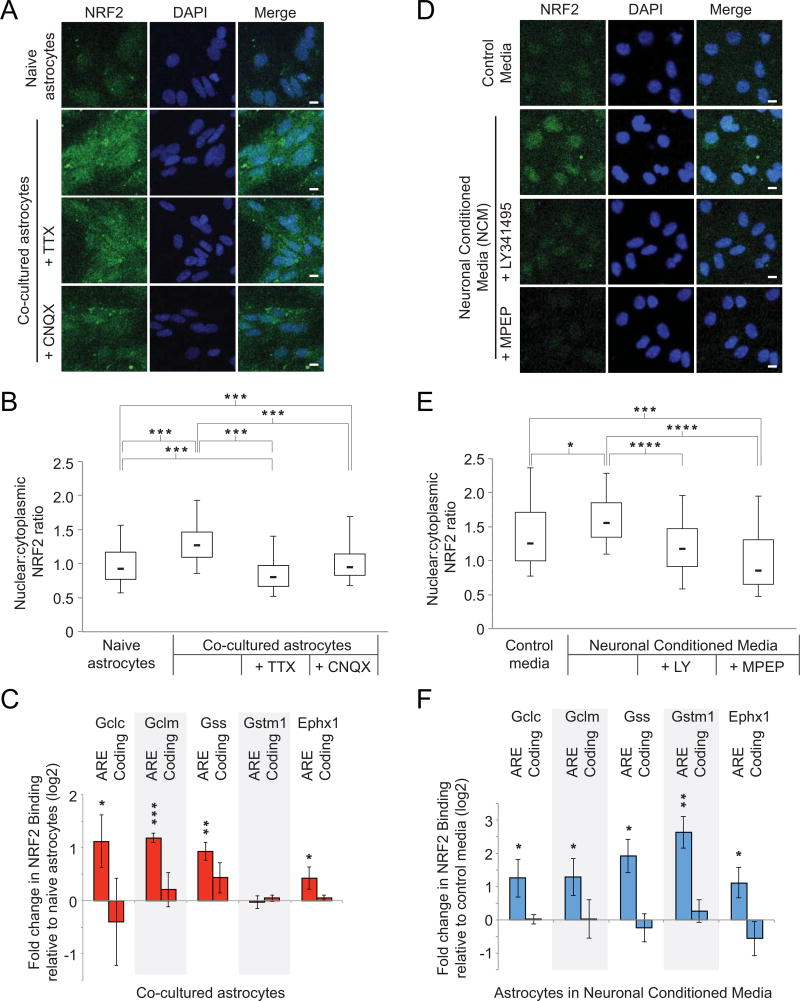Figure 6. Astrocyte-neuron co-culture results in increased NRF2 nuclear localization and chromatin binding at glutathione metabolic gene promoters relative to naïve astrocytes.
A) Representative immunocytochemistry for NRF2 and DAPI for naïve astrocytes and astrocytes in co-culture with neurons, with and without inhibitors of neuronal activity TTX and CNQX. Scale bar is 10 µm. B) Box plots as in Fig. 3D showing the nuclear:cytoplasmic ratio of NRF2 immunofluorescence in astrocytes alone or in co-culture with neurons (n=3). *** p < 0.001 between indicated conditions using one-way analysis of variance. C) Chromatin immunoprecipitation results for NRF2 at reported antioxidant response element (ARE) binding sites for glutathione metabolic genes and other antioxidant-response genes (Gstm1, Ephx1). Control sites are within coding sequences (n=3). * p < 0.048, ** p < 0.01, *** p < 0.001 relative to naïve astrocytes using one-way t-test. Error bars show 95% confidence intervals. D) Immunocytochemistry as in A) for astrocytes exposed to control media or neuronal conditioned media, with and without inhibitors of mGluR activity MPEP and LY341495. Scale bar is 10 µm. E) Box plots as in B in astrocytes exposed to neuronal conditioned media (NCM), or NCM in combination with mGluR inhibitors LY341495 and/or MPEP (n=3). * p < 0.05, *** p < 0.001, **** p < 0.0001 between indicated conditions using one-way analysis of variance. F) Chromatin immunoprecipitation at AREs and control regions as in C) comparing astrocytes exposed to NCM relative to those incubated with control media (n=3). * p < 0.048, ** p < 0.01 relative to naïve astrocytes using one-way t-test. Error bars show 95% confidence intervals.

